Researchers explore how effectively restorative aquaculture can make an impact on declining fish stocks
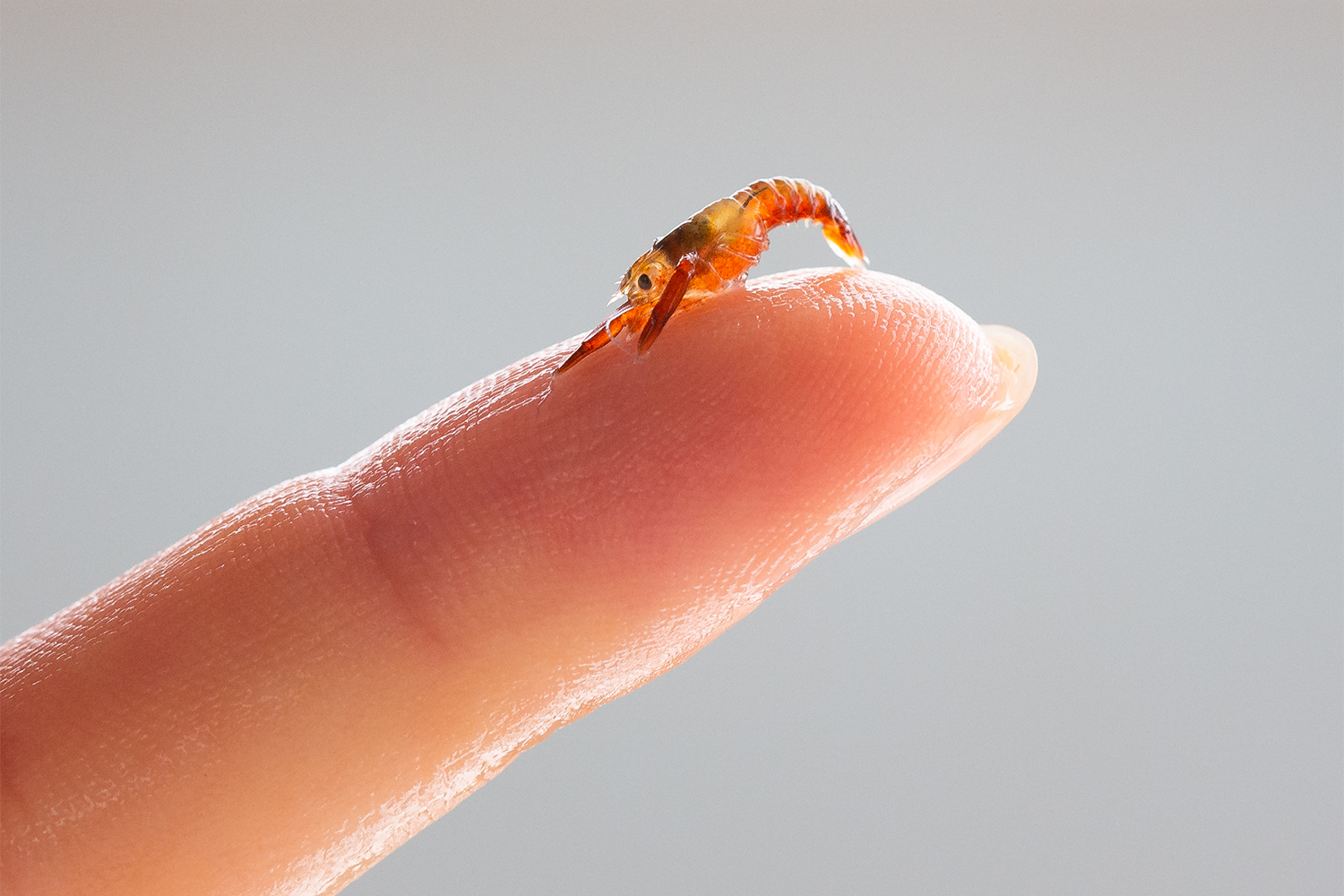
The kūmū, or Hawaiian goatfish, is an esteemed food fish off the main Hawaiian Islands. But it is severely impacted by overfishing and may be facing a tragic end. That is, unless aquaculture can help return the species to abundance.
Researchers at Hawaii Pacific University’s Ocean Institute are aiming to restore kūmū populations by rearing the species in a hatchery. If successful, juveniles will be tagged and released, while fishermen who catch the tagged fish will receive financial compensation for reporting their catch. The goal is to see how effective aquaculture could be in saving a culturally important species from extinction.
This type of effort by aquaculture to reverse declining species isn’t new. In the United States, the Texas Parks and Wildlife Department’s (TPWD) Fisheries Enhancement Program rears southern flounder fingerlings for release into public waters. Southern flounder numbers have been declining for decades in the Gulf of Mexico. Targeted by recreational and commercial fishing, they face a significant bottleneck during their younger life stages due to warmer-than-average winters. They require a narrow temperature range (64–73 degrees-F) for larval development, but temperatures exceeding this are becoming increasingly common.
“Following a small-scale experimental program, we stocked our first fingerlings in 2006,” Dr. Christopher Mace, director of TPWD’s Fisheries Enhancement Program, told the Advocate. “This supplements natural production, so when conditions are poor for natural recruitment, we’re there to provide fish as a backup.”
The hatchery adjusts temperature and photoperiod to cycle the broodstock through a simulated year’s worth of light and temperature conditions in about 150 days, inducing maturation and spawning beginning in October-November and lasting through March-April. Mature females are selected based on the size and shape of their abdomen, and a hormone – Ovaplant L – Salmon Gonadotropin – Releasing Hormone analogue (sGnRHa) – is used to induce final maturation and egg release. The eggs are then hand-stripped and mixed with milt from males. This strip spawning makes it possible to select the most mature broodstock, maintain accurate records of the quantity of fertilized eggs and estimate the density of larvae in the tanks. Depending on the origin of the broodstock, releases occur in Aransas and Galveston Bays in Texas.
In fiscal 2023, nearly 300,000 juveniles were released, marking an all-time record. As work expands, Mace hopes that more research will occur in other areas, such as how southern flounder populations have changed over the years through the program.
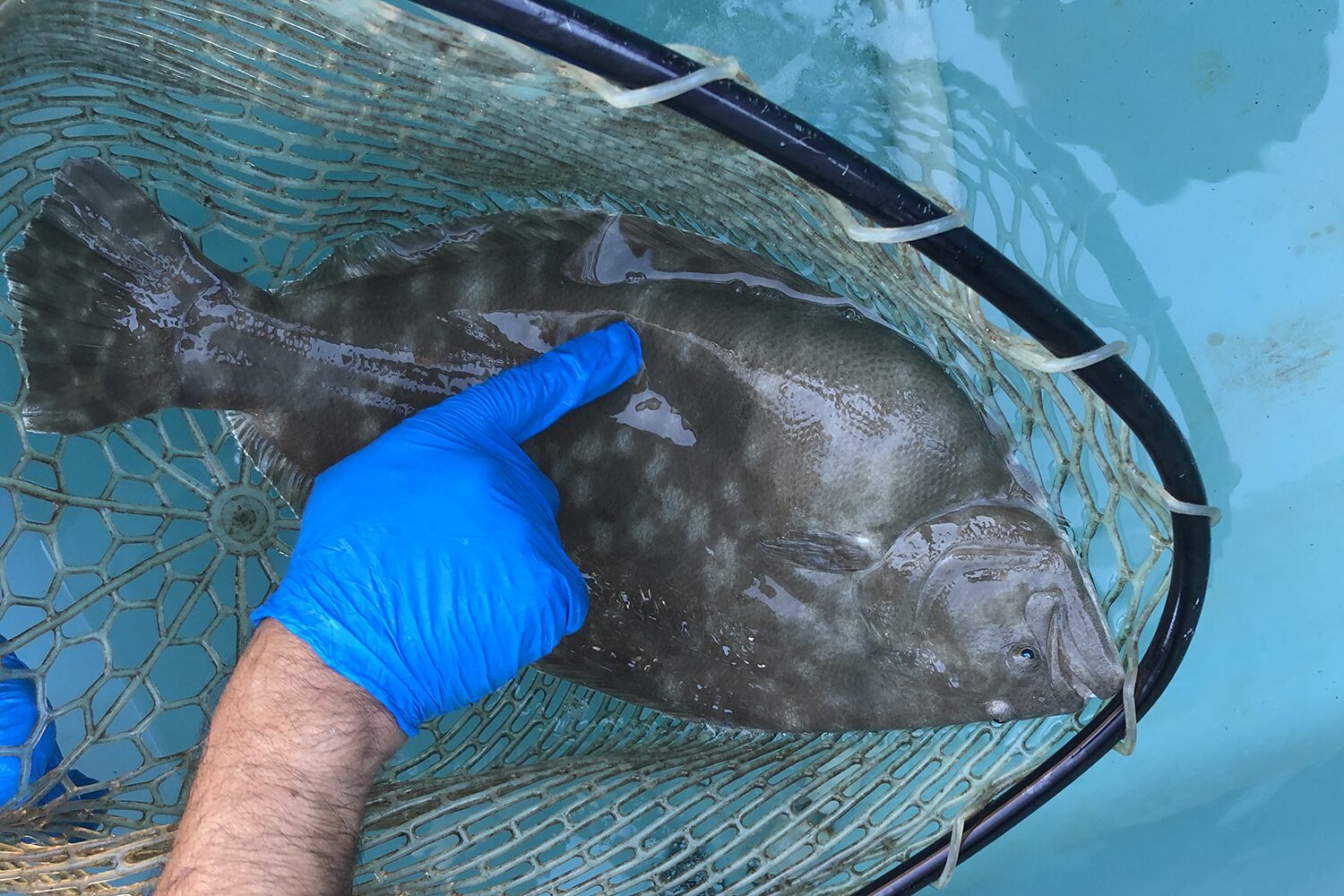
Stephen Allen, director of shellfish aquaculture at Aqueous Consultants in the UK, agrees that reversing declining species in this way is key to stabilizing populations. The UK is seeing significant decreases in lobster due to a combination of overfishing, pollution, habitat damage and seabed damage from commercial fishing boats.
For lobster in particular, Allen says that hatcheries are crucial.
“In the wild, a female can produce in excess of 20,000 larvae,” he said. “Current knowledge of survival rates suggests that just one of those animals will reach maturation. However, in the artificial surroundings of a hatchery, the survival rate of a female’s brood is well over 50 percent, so circa 10,000 juveniles from a single female. Through hatcheries, we can protect and improve lobster stocks, which, in turn, protects fishermen’s livelihoods and the fishing communities of which they are a part.”
Jean Côté, a scientist at the Regroupement des pêcheurs professionnels du sud de la Gaspésie (RPPSG) in Canada, has seen significant decreases in lobster landings in Gaspe Bay, Quebec. He joined RPPSG’s efforts to build a lobster stock enhancement program in 2010. Today, the program releases 250,000 juveniles a year into carefully designated areas. Not only are hatcheries a secure, artificial environment for lobster production, Côté said, but they have also helped fishermen better understand the species’ fragile status and why they have made sacrifices in their work, such as reducing the number of days when they fish. The public can also learn about lobster, the fishery and its main actors, while landings in Gaspésie have been thriving since 2011.
However, others say that the intentional release of native species introduces an unnatural influx of individuals into natural habitats, potentially threatening the delicate balance of species interactions that are crucial for sustaining diverse populations. Dr. Akira Terui, a biology professor at the University of North Carolina at Greensboro, describes it as a symptomatic treatment that doesn’t solve the root problem.
“We studied the potential impacts of the intentional release of masu salmon on stream fish communities in Hokkaido, Japan,” said Terui. “Our study suggests that we are releasing too many fish into nature. Nature has a ‘capacity’ to support wild populations; once this limit is exceeded, hatchery and wild fish compete for limited resources such as habitat and food. This competition causes excessive loss of individuals before they reach reproductive maturity and the effects propagate beyond the stocked species. The excessive release of hatchery individuals leads to competition with other species that require similar resources, resulting in the loss of biodiversity in the recipient ecosystem. This is what our theory predicts, and indeed, it was observed in Hokkaido – masu salmon (the stocked species) and other species (char, loaches, sculpins, etc.) declined with increased numbers of hatchery-released masu salmon.”
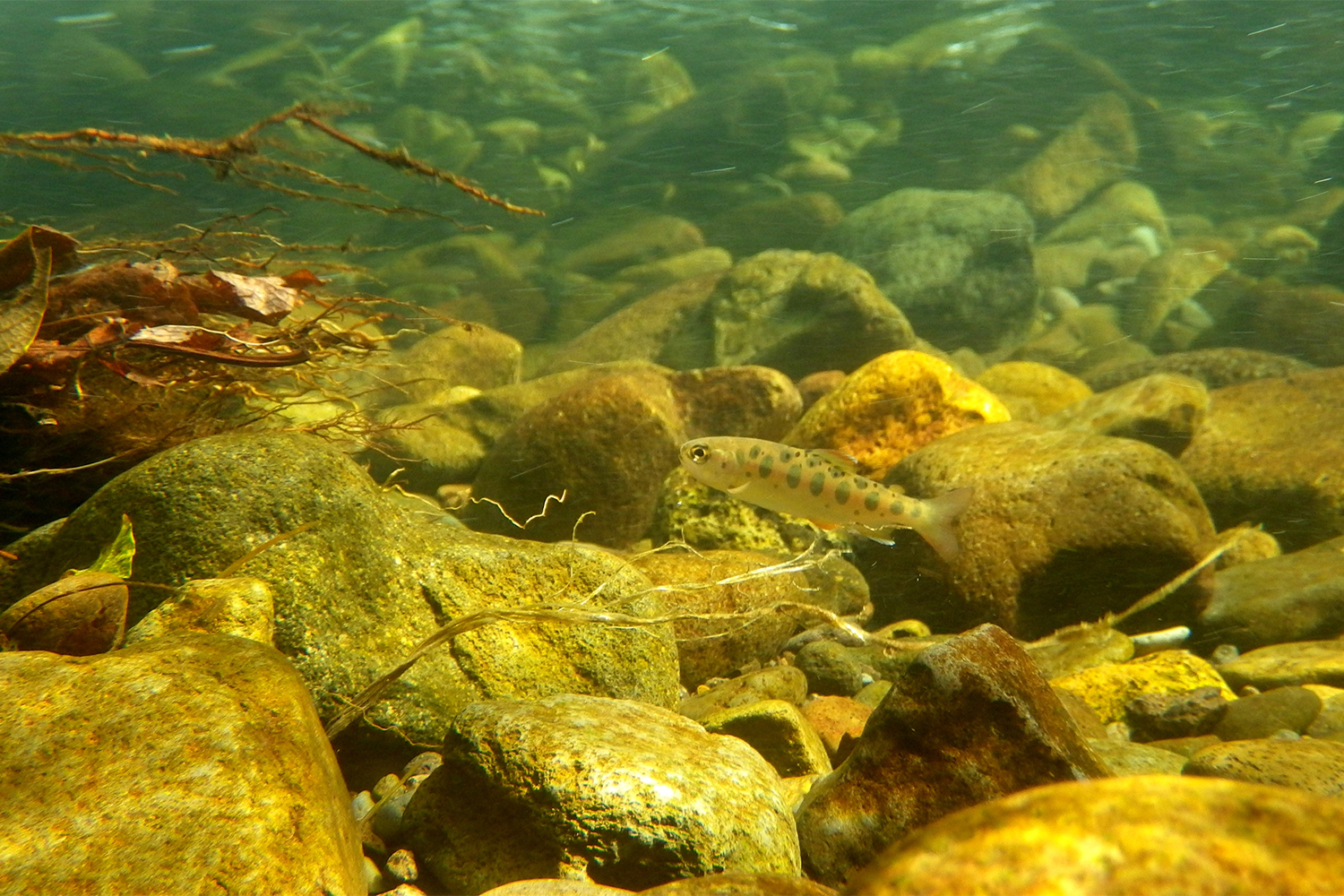
Terui believes that environmental pollution and habitat loss may also intensify the negative impact of hatchery releases because the ecosystem’s capacity to support species in degraded habitats is compromised, accommodating fewer individuals and species. “Priority should be given to habitat restoration to increase nature’s capacity to support species,” he said. “Otherwise, restocking would be harmful without long-term benefits.”
Allen says that the topic of ecosystem damage in release sites is heavily disputed. Introducing an alpha species into a critically balanced environment could have detrimental effects, but by working with scientists and local experts, areas for restocking can be chosen based on important points, such as habitat, seabed substrate, natural feed source or shelter. These are crucial to a project’s success, and, if readily available, offer a higher chance of positive outcomes.
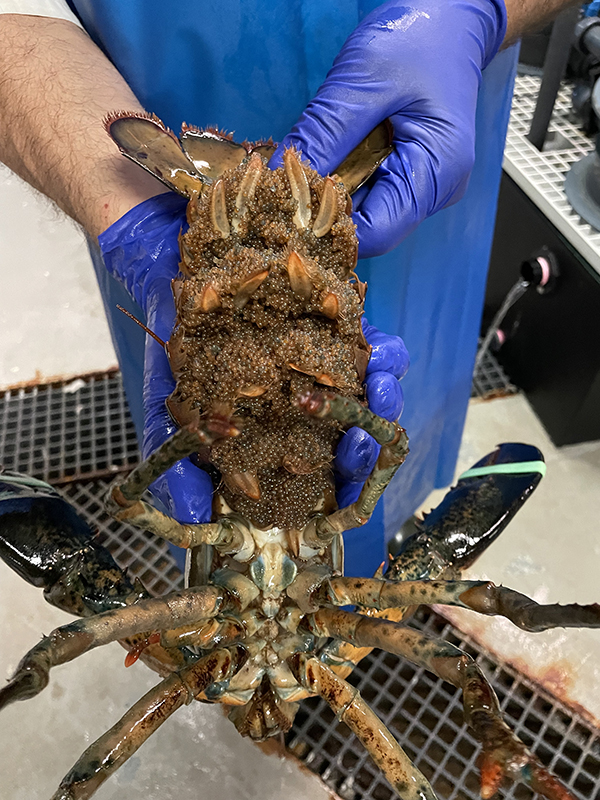
Mace of TPWD added that although there have been examples of fisheries enhancement programs that were unsuccessful despite well-funded efforts by fisheries managers, today there are more responsible approaches to marine stock enhancement, such as defining quantitative measures of success, growing out juveniles through their sensitive and most vulnerable early life stages and stocking them at a larger size, maintaining a genetic broodstock management plan, assessing stocking effects and using adaptive management to achieve stock rebuilding goals.
“We also mitigate for genetic issues by rotating broodstock each year and replacing with new fish,” said Mace. “Moreover, if you compare the number of hatchery-produced fingerlings we release each year to what is produced naturally, it’s a small percentage, so genetic diversity in the wild is maintained. We also only release fingerlings in or near the bays where the parents were captured, further preserving any genetic adaptive traits they have to their local environment. Finally, we monitor our fish for disease, and maintain the highest water quality and nutritional diets to keep them happy and healthy.”
“Since hatcheries can select broodstock based on certain looked-for traits, they could inadvertently select other genes that would not occur naturally in wild stocks, at least not as predominantly,” said Côté. “This could negatively impact local, well-adapted stocks with a more diverse genetic pool. However, it’s important to note that our work is a stock enhancement program to support fished resources. It relies on female American lobster fecundated by males in the wild, so only natural selection occurs. Their eggs would have hatched, and their offspring would have survived, or not, in their natural environment. By growing them in a hatchery, we are increasing their chance of survival when they are most vulnerable in nature. We are providing a little help in case something goes wrong.”
What do hatcheries need to be aware of when it comes to restocking? Terui points to adaptive management and follow-up monitoring programs to assess the effectiveness of restocking and habitat restoration strategies. Allen says that there are some long-term protective measures implemented by governmental bodies to protect stock levels.
“This is controlled by catch rate limitations, size of animal limitations and fishing season length limitations but there is a lot of work to do here, which requires investment and long-term support,” he said.
“Stock enhancement is not a stand-alone tool to be relied on for the recovery of an exploited wild fishery,” said Mace. “The fishery should have a species management plan that identifies harvest opportunity or goals, has life history and a population abundance estimate and includes monitoring and regulation of harvest numbers. We will be continuing to refine our larval care, increase efficiency of our culture protocols and systems and conduct meaningful research that targets solutions to bottlenecks and advances the science of southern flounder restoration.”
Now that you've reached the end of the article ...
… please consider supporting GSA’s mission to advance responsible seafood practices through education, advocacy and third-party assurances. The Advocate aims to document the evolution of responsible seafood practices and share the expansive knowledge of our vast network of contributors.
By becoming a Global Seafood Alliance member, you’re ensuring that all of the pre-competitive work we do through member benefits, resources and events can continue. Individual membership costs just $50 a year.
Not a GSA member? Join us.
Author
-

Bonnie Waycott
Correspondent Bonnie Waycott became interested in marine life after learning to snorkel on the Sea of Japan coast near her mother’s hometown. She specializes in aquaculture and fisheries with a particular focus on Japan, and has a keen interest in Tohoku’s aquaculture recovery following the 2011 Great East Japan Earthquake and Tsunami.
Tagged With
Related Posts
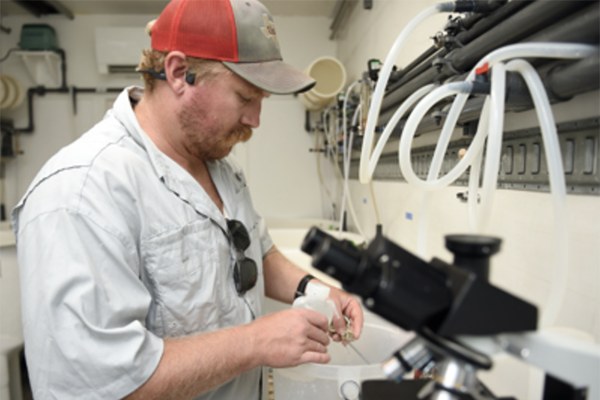
Innovation & Investment
New restorative aquaculture project aims to boost oyster farming sector in Texas
The Palacios Marine Agricultural Research launched a project to advance Texas' oyster farming industry, starting with a mobile hatchery.
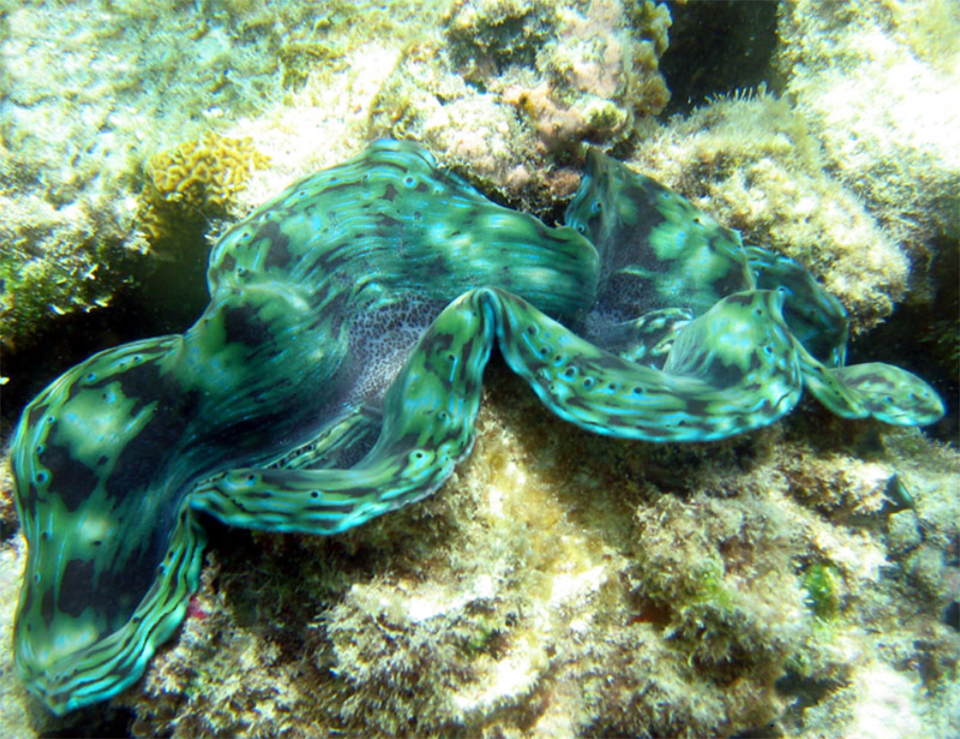
Responsibility
A global overview of restorative shellfish mariculture
A review of restorative shellfish mariculture case studies around the world to identify emergent patterns across species and ecoregions.
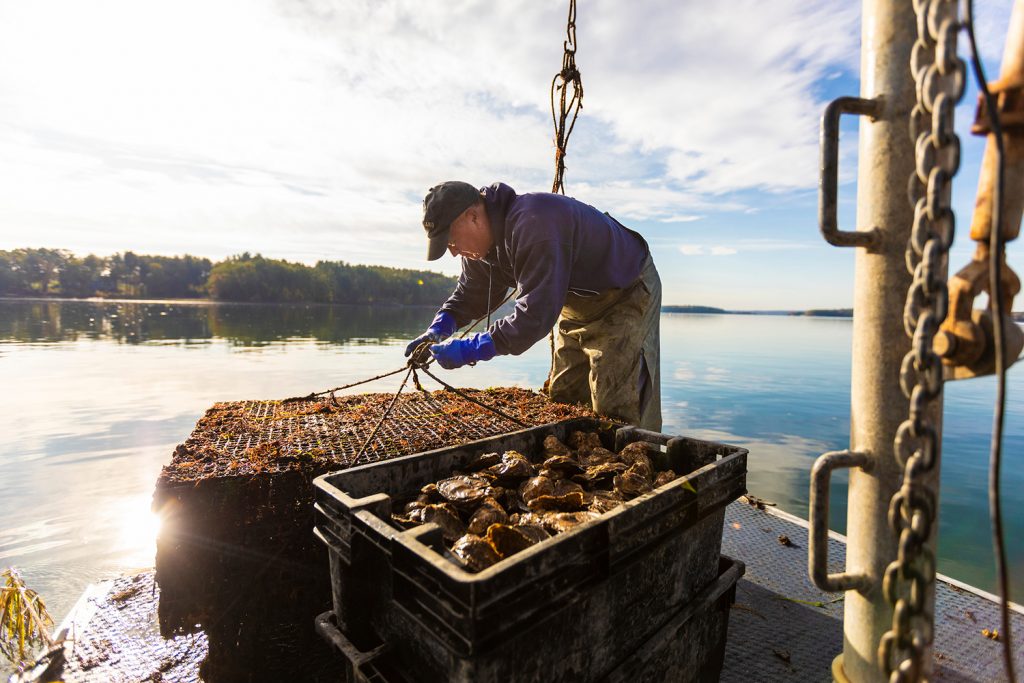
Responsibility
TNC: Restorative aquaculture can improve marine habitats, biodiversity
A report from The Nature Conservancy shows restorative or regenerative aquaculture can benefit ecosystems, marine animal habitats and biodiversity.
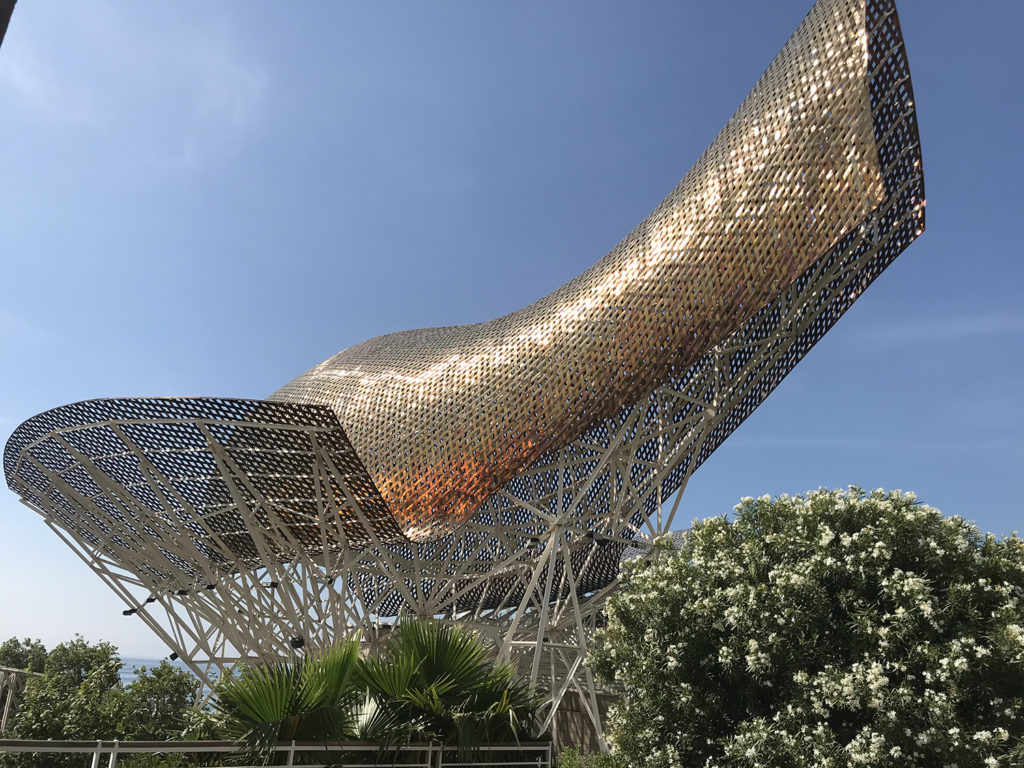
Innovation & Investment
SeaWeb Seafood Summit: Can impact investment ‘save’ aquaculture?
Impact investment, which seeks environmental and social returns in addition to profits, was examined during a SeaWeb Seafood Summit panel.


